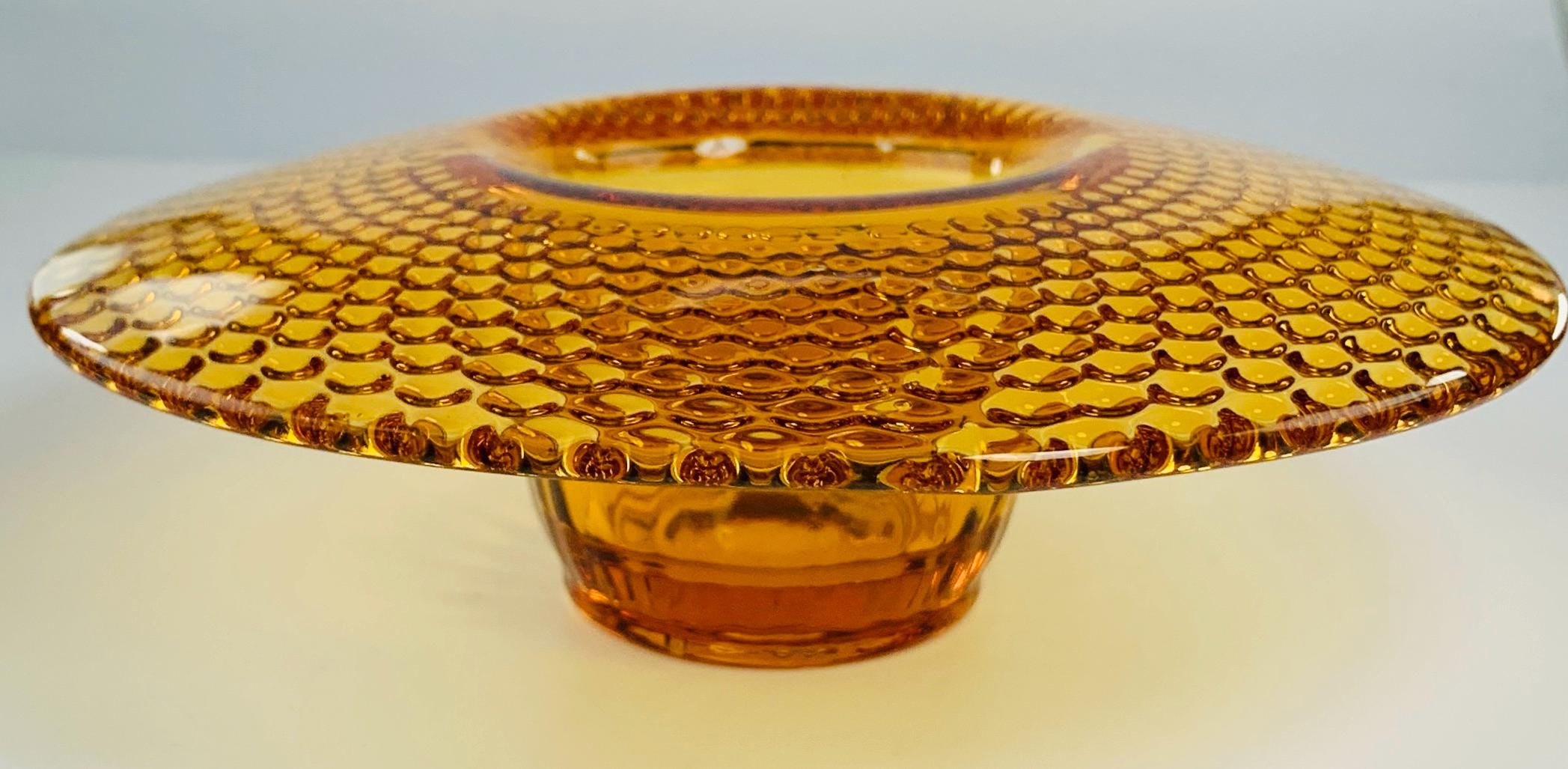Mid-century glass offers more than just pretty objects—it's a piece of design history that still captivates today. As vintage styles grow popular, collectors around the world find themselves drawn to these colourful, innovative pieces. But what exactly makes mid-century glass so appealing? Let’s explore why this style remains loved, and why it continues to be a hot favourite for collectors.
The History and Evolution of Mid-Century Glass
Origins of Mid-Century Glass Design
After World War II, designers and manufacturers started pushing new boundaries. The war had ended, and people looked for ways to bring joy and hope into their homes. Glassmakers started experimenting with bolder colours and shapes, giving way to fresh ideas. This era was a time of rapid change, with materials and techniques evolving fast. The result? glassware that was as functional as it was artistic.
Key Manufacturers and Designers
Some brands became famous for shaping the style of the period. Companies like Blenko, Murano, and Murano’s Venetian glass were leading the charge. Innovative designers like Toots Zynsky brought glass art to new heights, creating pieces that combined beauty with utility. Others, like Dalek, added modern pop art elements. These names helped define what mid-century glass stands for today.
How Mid-Century Glass Changed the Industry
This era marked a shift from traditional to modern styles. Mass production made it easier to create vibrant, collectible pieces affordably. Glassware became more than just everyday objects—they became art. The ability to produce bold, colourful, and unique designs changed the way glass was made forever, leaving a lasting mark on the industry.
The Unique Characteristics of Mid-Century Glass
Design Aesthetics and Style
Mid-century glass is famous for its striking looks. Expect bold colours like turquoise, amber, or ruby red. Geometric shapes, swooping organic curves, and playful forms make these pieces stand out. Many objects seem almost sculptural, blending art with utility. They fit well in both vintage and modern homes.
Materials and Techniques
Designers used new techniques and materials. Bright coloured glass, acrylic, and innovative blowing methods created textures and patterns. Some pieces feature etched designs or glossy finishes that catch the eye. These methods allowed for more experimental and artistic styles, setting mid-century glass apart from older traditions.
Recognizable Traits and Signatures
Look for marks on the bottom that show where the piece was made. Many authentic items have signatures or manufacturing details—these help collectors tell real treasures from copies. Often, you’ll notice signature patterns, colour combinations, or distinctive shapes that make each piece unique.
Reasons Why People Collect Mid-Century Glass
Investment and Market Value
Vintage glass has become more valuable over time. Some pieces sell at high prices at auctions, especially rare or designer items. Collectors see this as a smart way to invest. As interest grows, so does the market value of these iconic styles.
Aesthetic and Decorative Appeal
Mid-century glass adds colour and style to any space. It pairs beautifully with modern interiors or can bring a vintage charm to traditional rooms. These pieces can serve as centrepieces, accents, or even functional items like bowls and glasses. They’re versatile and instantly elevate a room’s look.
Connection to Cultural and Historical Significance
This glass style isn't just pretty; it reflects a time of optimism and change. It shows how design responded to post-war prosperity and innovation. Collecting it is a way to connect with a vibrant era that believed in progress and creativity.
Personal and Emotional Value
Many collectors cherish their pieces for sentimental reasons. Some may pass them down as family heirlooms, while others find stories behind each item. Owning mid-century glass can evoke nostalgia or a sense of history, making it more than just a pretty object.
How to Start Collecting Mid-Century Glass
Identifying Authentic Pieces
Start by learning how to spot genuine items. Look for maker’s marks, signatures, or distinctive design features. Beware of reproductions or altered pieces. Research the brand and style to avoid buying fakes.
Preservation and Care Tips
Cleaning gently with soap and water works well. Avoid harsh abrasives or chemicals that could scratch the glass. Proper storage in a safe, stable environment will keep your collection looking its best for years. Handle with care to prevent chips or cracks.
The Future of Mid-Century Glass Collection
Trends in Vintage Glass Appreciation
Interest in mid-century glass is rising among younger collectors. Social media makes it easier to share finds and inspire others. New styles and designers still draw attention, blending past and present.
Potential for Investment and Growth
As demand increases, so does the value of timeless pieces. Some emerging designers today draw inspiration from mid-century styles, which could boost the market. Collecting vintage glass now remains a smart choice for future growth.
How to Stay Informed and Expand Your Collection
Join collector groups, visit exhibitions, and follow online forums or blogs. These resources help you learn more and connect with others sharing the passion. As knowledge grows, so does your ability to find must-have items.
Conclusion
Mid-century glass captures a vibrant era of design that’s still alive today. Its bold colours, dynamic shapes, and cultural stories make it a favourite among collectors and decorators alike. Whether you’re hunting for a rare piece or simply want to add a splash of history to your home, owning mid-century glass connects you to a colourful, optimistic moment in time. Start exploring, and discover how these remarkable objects can brighten your space and your life.
